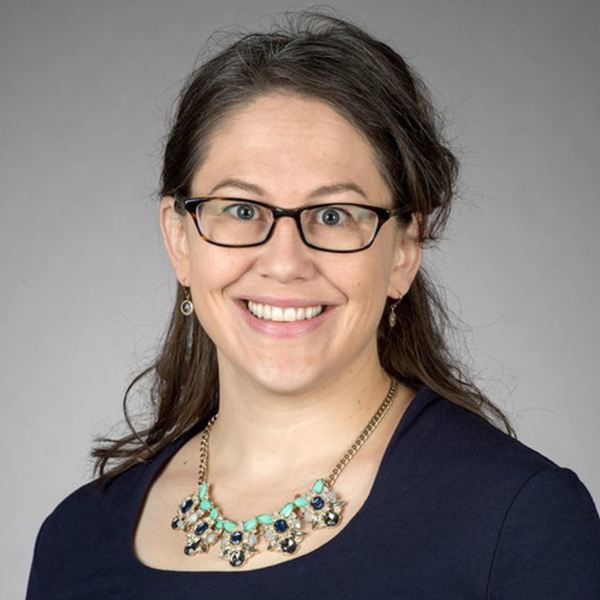I was in my mid-twenties when my father handed me his 1929 edition of Sigrid Undset’s Nobel Prize-winning trilogy, Kristen Lavransdatter, and said, “I think you’ll really like this.” This is typically how my dad makes his book recommendations. He puts a story in your hands and says, “I think you’ll really like this.”
It took a few years and a couple of starts and stops to get through this massive historical novel set in medieval Catholic Norway. The tome sat at the bottom of a stack for while, but in the end, I fell in love with Kristin Lavransdatter, which I have often described as not unlike Augustine’s Confessions if the Confessions were written in third person feminine voice and set in medieval Scandinavia.
Sigrid Undset became one of my favorite authors because her writing reveals that rare perception of the pain and beauty of St. Paul’s words in the Letter to the Romans: “where sin increased, grace overflowed all the more.” Without affect, sentimentality, or illusion her writing expresses the realities of the Catholic faith—the tragedy of human sinfulness and the depth of God’s grace poured out for us in Christ—and embodied in Mary and His Saints.
Undset was not raised Catholic but grew up in Norway, a cultural Lutheran with atheist parents. Her fledgling doubts in the utopian promises of liberalism, nationalism, socialism, and pacifism, were confirmed during the unprecedented bloodshed of World War I and its aftermath. All these ideological “isms” failed to account for the hold of sin upon man’s heart. Undset was received in the Catholic Church on the Solemnity of All Saints in 1924, several years after completing Kristin Lavransdatter but before penning Master of Hestviken. It was the peculiar witness and beauty of the saints that attracted her:
By degrees, my knowledge of history convinced me that the only thoroughly sane people . . . seemed to be those queer men and women the Catholic Church calls Saints. They seemed to know the true explanation of man’s undying hunger for happiness—his tragically insufficient love of peace, justice, and goodwill to his fellow men, his everlasting fall from grace. Now it occurred to me that there might possibly be some truth in the original Christianity. But if you desire to know the truth about anything, you always run the risk of finding it. And in a way we do not want to find the Truth—we prefer to seek and keep our illusions. But I had ventured too near the abode of truth in my researches about "God’s friends," as the Saints are called in the Old Norse texts of Catholic times. So I had to submit.
In the saints, Undset encountered those who loved God above all else, men and women who whose happiness was “not found in riches or well-being, in human fame or power, or in any human achievement” (CCC §1723). These queer, strange people abided in the strange logic of love crucified on Calvary.
Those who know me know I have a morbid streak. I’ve been known to casually discuss buying a casket from a Trappist monastery over lunch. Perhaps it’s an occupational hazard. The strange irony of being in pro-life work means you have to keep up with the latest ways humans devise to kill one another.
But the Church also has a morbid streak that, as it turns out, isn’t really morbid at all, but a mark of hope. We have this strange practice of remembering the dead, of praying for them and to them, of conversing with them. In a world of speed and forgetfulness, the Church insists upon memory. This pattern of remembrance, embedded in the even stranger pattern of life, is the truth that pierces every illusion—illusions of grandeur, power, wealth, prestige—because death is the great equalizer. In the end, it comes for us all. The saints, though—these friends of God, these odd men and women who enact the wisdom of God, and illuminate history—show us that “in the end” isn’t really the end because they, and we, live not according to the law of flesh, but according to the victory of Christ who swallows up death and plucks out its stinger. In the holy cloud of witnesses we find these strange who were not blind to the tragedy of sin and death, but who also saw that God pierces this tragedy by sin and death to his flesh. In the wounds of the King, all things are made new, and sin and death become sites of grace and life.
This is the drama that unfolds in Old Norse texts that Sigrid Undset read and re-read. It is the drama that unfolds over the pages of Kristin Lavransdatter, and it is the drama that enfolds in each one of our lives—the drama to which we are invited to submit.
Editorial Note: Throughout the month of November, Church Life Journal will explore the Catholic imagination as an imagination of sanctification. By sanctified imagination, we mean the imagination which highlights the core narrative of the Paschal mystery, as radiantly incarnate in the saints. We seek to reflect on the manifold ways Christ becomes all-in-all through the men and women of his mystical body, the Church. As our authors explore the various dimensions of the sanctified imagination (please click the link for a list of the posts), we invite you to think along with us.
See also: Tim Kelleher, Life After Life After Death
Featured Image: Caravaggio, St. Jerome in His Study, 1606; Source: Wikimedia Commons, PD-Old-100.
